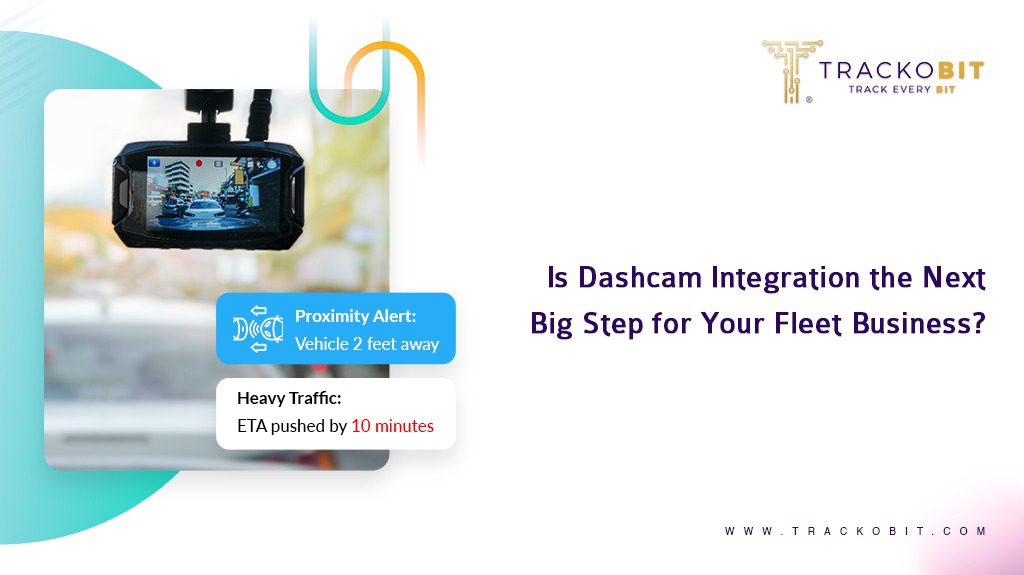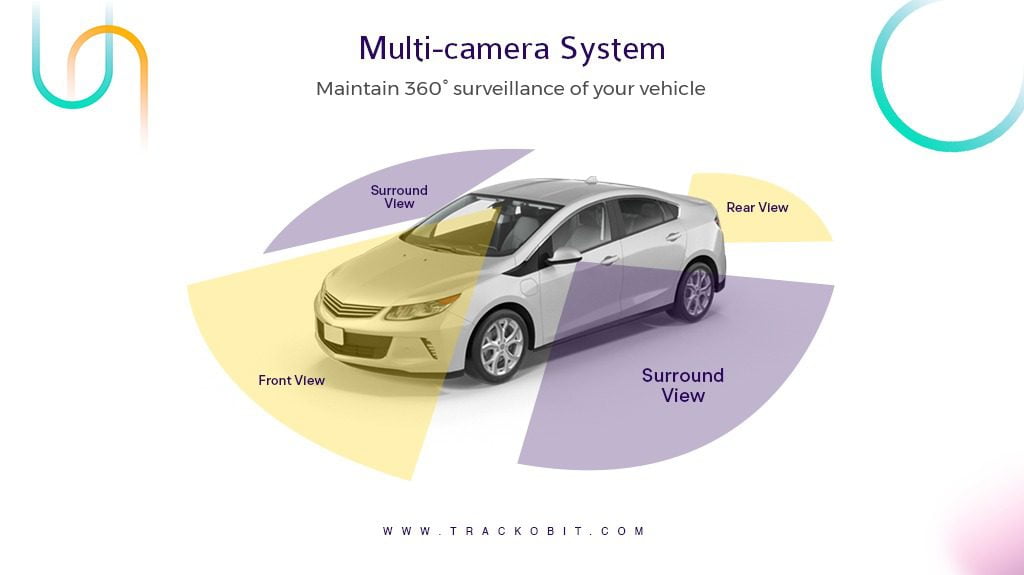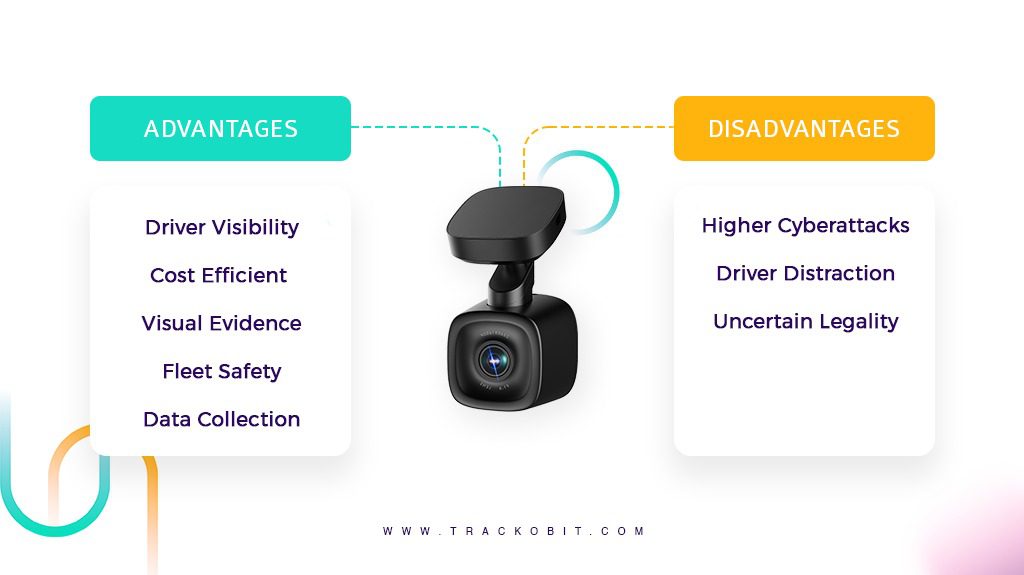-
TrackoBit
Manage commercial vehicles with the new-age Fleet Management Software
TrackoBit -
TrackoField
Streamline your scattered workforce with Field Force Management Software
TrackoField -
Features Resources
-
Blog
Carefully curated articles to update you on industrial trends. -
White Paper
Insightful papers and analysis on essential subject matters. -
Glossary
Explore an alphabetical list of relevant industry terms. -
What’s New
Get TrackoBit & TrackoField monthly updates here. -
Case Study
Explore the cases we solved with our diverse solutions. -
Comparisons
Compare platforms, features, and pricing to find your best fit.
-
About Us
Get to know TrackoBit: our team, ethos, values, and vision. -
Careers
Join the most dynamic cult of coders, creatives and changemakers. -
Tech Support
Learn about our technical support team and services in detail. -
Events
Check out the exhibitions where we left our marks and conquered. -
Contact Us
Connect with us and let us know how we can be of service.
Is Dashcam Integration the Next Big Step for Your Fleet Business?
- Author:Drishti Dua
- Read Time:9 min
- Published:
- Last Update: November 3, 2025
Table of Contents
Toggle
Do you wish to be able to see your vehicle’s activities in real time? But how can that happen, especially when said vehicle is out of your line of sight? The answer to your prayers is simple, dashcams integration with your fleet management system!
Table of Contents
Toggle
Through this blog, we will take you through everything there is to know about dashcams. But before getting into the uses of dashcams, it is important to learn what exactly are dashcams. So let us learn about them in the next section.
What are Dashcams?
Short for dashboard cameras, dashcams are devices that help monitor the activities of their surroundings. Traditionally, dashcams served the sole purpose of maintaining surveillance of situations outside a vehicle. But with time this system has now evolved, using advanced AI.
Did you know dashcams are also referred to as silent witnesses? When used with a fleet management system, they can help managers monitor their driver’s activities and also collect crucial data. While normal telematics systems integrated with fleets collect textual forms of data, dashcams take this system one step further. They allow fleets to collect visual data which can be used both for fleet reformation and protection.
Understanding the benefits of dashcams is useless when you do not know how exactly they function and work in a telematics system. So let us take a deeper dive into the anatomy and functioning of dashcams.
Read Blog – How Do Front And Rear Dashcams Work?
Tracing the History of Dash Cam Usage
When we trace the history of dashcams, the road always leads us to 1930. A traffic police officer named H. C. Fairchild in Washington DC used a camera to record traffic violations for the first time. Though already popular, it took thirty years for cameras to become a standard for cop cars in the USA.
Russia was the first country to legally allow citizens the use of dashcams. This was because the country was facing an all-time high accident rate. It also became a tactic to tackle correct practices on the roads.
The dashcams you see today have gone through years of trials and errors. But lucky for us! Because we get to learn from previous mistakes and ensure that our fleets run without any hurdles.
Types of Dashcams Systems
The concept of dashcams is very simple. You connect it to your fleet and voila! Complete surveillance achieved. But the story does not end there. Every fleet has differing operations and with this, their requirements also change. To adapt to this difference, dashcams also have various types. These include:
Single-camera System
A single-camera system is the most basic, but also the most widely used form of dashcam in commercial fleets. It serves the simple purpose of storing footage from the road to capture proof of any accident or other events like traffic light violations.
The dashcam used in this system often has some inbuilt storage which is expandable through an SD card. By using the loop recording method, this system can ensure that their limited storage lasts long. What is loop recording? When a dashcam is continuously recording road activities, it will use up a lot of storage. This is why as soon as the SD card reaches its limit, it overrides the pre-existing footage barring the clips where a video telematic event was triggered.
In the end, the camera is a collection of essential clips only. Managers do not have to spend time sifting through camera footage for necessary clips instead the system does all the work for them.
Dual-camera System
Dual cameras are where the driver monitoring part of video telematics steps in. It helps capture both the views of the road and also the driver. Businesses have the option of choosing between two types of dual-camera systems.
The monolithic system comes in handy for high FOV (field of vision) by using a fish-eye lens. It combines both the road footage and driver’s footage into one. This system helps keep surveillance over the passengers of a vehicle and not just the driver.
The second type is cameras that process the road view and the driver’s view as two different entities. Thus, they can cater to separate triggers for on-road activities and driver behaviour monitoring. The frontal view of the driver is better suited for the AI algorithm used for DMS. But this means their smaller FOV will not capture the vehicle’s passengers. They also often include LED light sources to capture the driver’s face even in unfavourable lighting conditions.

Multi-camera System
Equipped with the ability to capture activities all around a vehicle, this system is slowly gaining popularity amongst fleets. If your priority is to maintain 360 degrees of the safety of your vehicles, then this system is the right match.
The primary requirement when using this system is the storage it requires. Imagine having 5-6 cameras all recording continuously. That is an issue even loop recording cannot solve. Thus, using this system with cloud-based storage is very important to not lose any important footage.
Connectivity of Dashcams
After choosing what dashcam system is the best suited for your fleet, the next step is to understand the connectivity between devices. It is only by connecting devices to the cloud that you will be able to preserve your footage. So let us look at ways to make this possible:
LTE/4G/5G: The system requires an internet connection for the dashcam to be connected to the cloud. Using LTE or 4G has become very normal in the industry. But the latest advancements of 5G will make the process quicker and boost accuracy. It also increases the number of devices one can connect, changing the game for large fleets.
Wifi: Another way of transmitting data from the dashcam black box to another device is by wifi connection. But this process can only be connected locally. Thus ineffective for long-distance transmission. It can also aid the process of reviewing footage from a camera that has no screen, allowing projection on a mobile screen instead.
Using Dashcams with a Fleet Management System
Dashcams can greatly benefit a fleet, that much is clear. But looking at the bigger picture, a fleet requires much more than simple video evidence of their accidents and driver activities. This is why fleet management software is essential and you should consider investing in it. So how do dashcams fit into this equation?
The answer is the video telematics solution! It integrates dashcams with fleet management software, transmitting visual data instead of just textual data. Every time an event (like yawning, or smoking) is detected, the dashcam captures and sends the clip to fleet managers. This clip can then be further investigated and worked on. This system is responsible for two functions that include:
Driver Monitoring System (DMS): We have already mentioned this system under the types of dashcams. So what is the purpose of DMS? It allows fleet managers to maintain surveillance over their drivers’ activities. Advanced AI integrated with dashcams studies their body language to eliminate any instance of distracted driving by detecting activities like smoking, yawning, and so on. This proves to be useful when 14-17% of road accidents are the result of distracted drivers.
Advanced Driving Assistance System (ADAS): ADAS is the technology that alerts drivers of any potential danger on the road. This is performed by several cameras installed with the system and used to keep surveillance over its surroundings. With this system, fleets experience almost a 10% decrease in road accidents. In the case of large fleets, just imagine how huge this impact will be.
Advantages and Disadvantages of Using Dashcams
Good and bad are the two sides of the same coin. The case with technology is the same, depending on how you decide to use it, it can act as both your friend or your foe. So let us learn about the two sides of this coin:
Advantages
Well, this goes without saying that dashcams are no longer a luxury but a necessity for any fleet. In a time where nuclear verdicts against fleets are on a rise, having visual evidence backing your case is a layer of protection you should not skip. Let us count on the benefits you can garner with the use of dashcams with your fleet:
Categorising Driver: The system allows you to keep track of which drivers are performing well and which need to be trained. This means an overall boost to your fleet’s quality with well-trained professionals behind wheels.
Reduced Insurance: Fleet insurances are costly, that is a fact. But it is also a fact that businesses ready to invest in a good video telematic system can cut down this cost significantly. Some insurance companies provide a dashcam discount ranging between 10-12.5%. For any fleet, this can make a huge impact on their overall profits.
Evidence Collection: As we mentioned above, drivers on the roads are not safe from being accused of accidents that were not caused due to their errors. Having a dashcam is an added benefit for them. It can also protect fleets from instances of police misconduct.
Safer Fleets: Of course, we cannot talk about video telematics solutions and not mention vehicle safety. When drivers are under constant supervision of the dashcams, they make a conscious effort to make good decisions on the roads. This is beneficial to fleets as businesses spend less on repairs. Reduced vehicle downtime also means higher productivity.

Disadvantages
Though not a lot, fleets might still face issues due to dashcam integration with their operations. These include:
Privacy Breach: If a fleet management system is hacked into, it puts your dashcam’s data at risk too. Having full access to a fleet’s real-time activities can lead to theft and might even affect their productivity. But correct measures to ensure cybersecurity can help fleets avoid such situations.
Distraction: It is ironic, isn’t it? The system created to reduce distracted driving for fleets might become the very reason for your driver’s distraction. This is because every time drivers make a mistake, their attention is diverted towards the camera. Keeping the dashcam in a driver’s line of sight can also be distracting. But using smaller cameras and placing them with consideration for the drivers can be an easy solution.
Legality: Some countries consider dashcams a threat to drivers’ privacy. This is why they set a list of instructions to be adhered to strictly when installing video telematics. Fleet businesses need to limit their dashcam surveillance according to these instructions for smooth operations and no fines.
Conclusion
The concept of dashcams sounds fascinating, right? How can a simple camera hold the potential to perform so many functions? Well, that is the technology for you, making life simpler one step at a time. Dashcams can help both managers and drivers. Managers can save surveillance time and drivers get to drive in a safer environment.
Don’t know which software to choose with your dashcams? Well, we have just the system in mind. TrackoBit, with its robust solutions, can completely transform your fleet. Its video telematics system allows your fleet the luxury of both safety and efficiency.
Drishti Dua, a Content Contributor at TrackoBit has a rich background in literature and professional expertise in SaaS and technology writing. She has carved her niche in the space of Geospatial techn... Read More
Related Blogs
-

When Tracking Needs a Clock: Rethinking Fleet Visibility
Tithi Agarwal December 24, 2025Read on to understand why fleet tracking works better when it follows working hours. Because visibility should support operations, not…
-

What Makes TrackoBit’s Video Telematics Software Truly Next-Gen?
Shemanti Ghosh December 17, 2025TrackoBit’s video telematics software blends smart video intelligence with full server control. The result? Superior fleet reliability and safety.
-

Plug, Pair, Perform TrackoBit Introduces BLE Sensor Integration
Tithi Agarwal November 26, 2025TrackoBit’s BLE Sensor Integration enables wireless, real-time monitoring with faster installs and accurate insights. It improves fleet efficiency, visibility, and…
-

How to Use Driver Behavior Reports as a Sales Hook to Close Big Fleets
Tithi Agarwal October 16, 2025TrackoBit’s driver behavior reports empower fleet providers to win big contracts by showcasing safety, efficiency, and measurable ROI.

Subscribe for weekly tips to optimize your fleet’s potential!
Your inbox awaits a welcome email. Stay tuned for the latest blog updates & expert insights.
"While you're here, dive into some more reads or grab quick bites from our social platforms!"Stay Updated on tech, telematics and mobility. Don't miss out on the latest in the industry.
We use cookies to enhance and personalize your browsing experience. By continuing to use our website, you agree to our Privacy Policy.

































